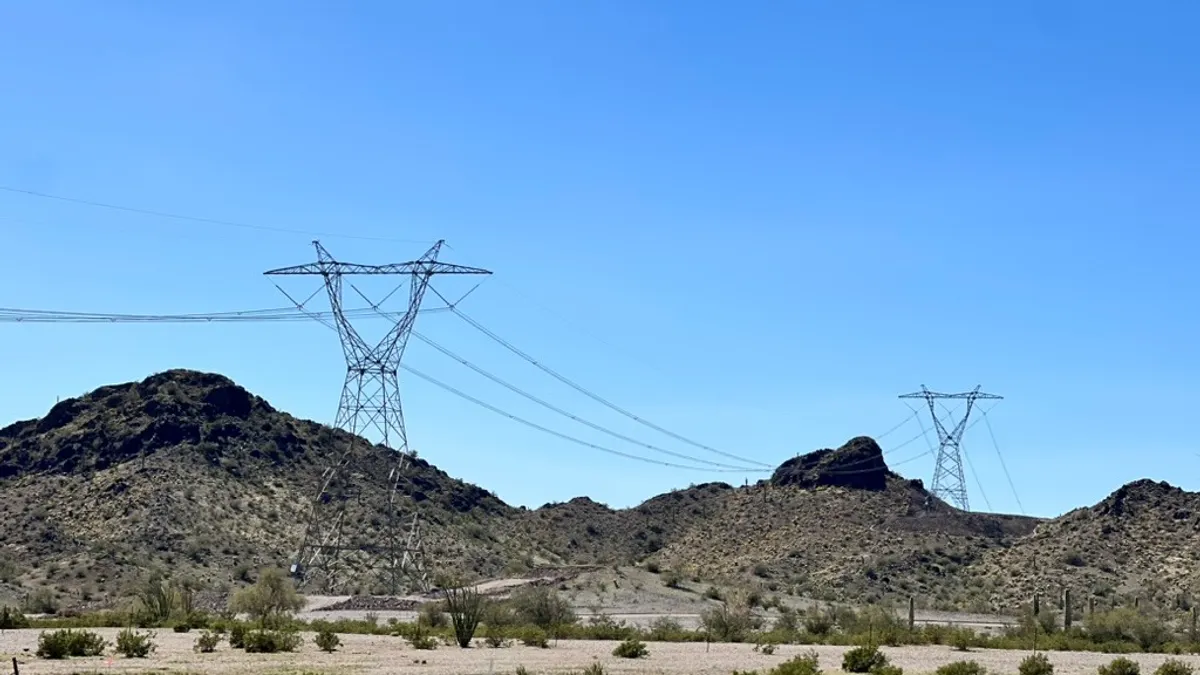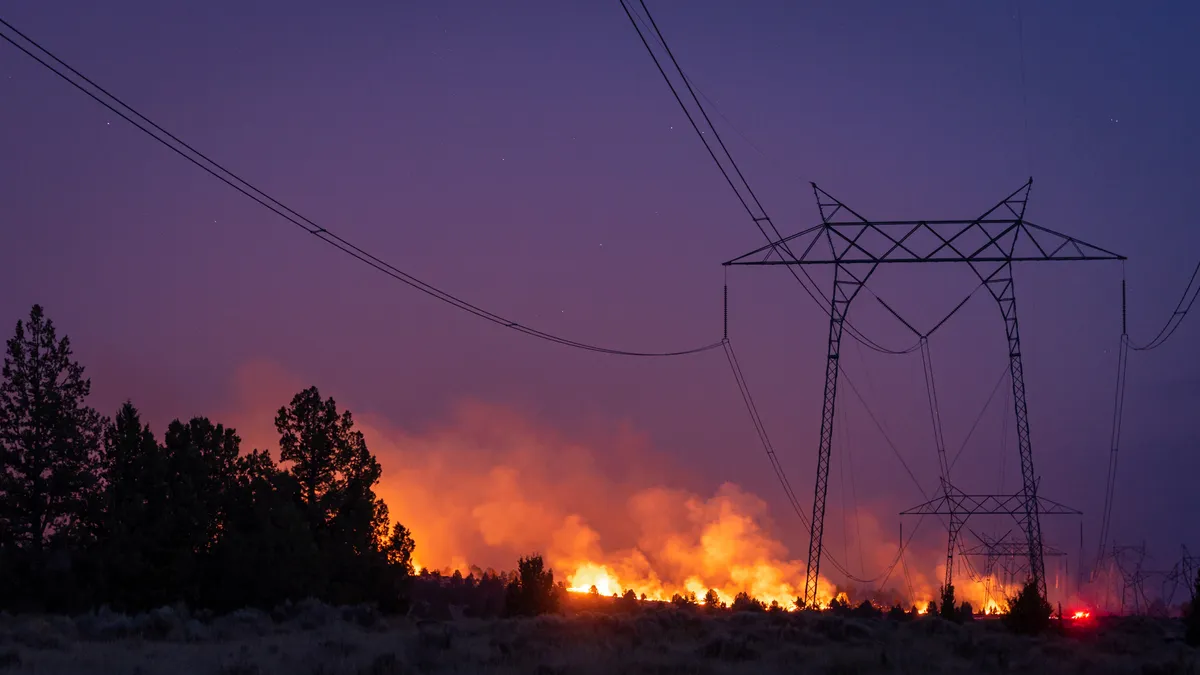In the restaurant industry, bread pudding is money. Cooks take yesterday's bread, stale and headed for the trash, add sugar and cream and eggs, and turn it into profit. Electric utilities facing declining load and revenues could learn a thing or two – they have powerful infrastructure and knowledge bases which often go underutilized and could be monetized.
As long as utilities were making money, a little wasted bread wasn't such a bad thing. But with load growth stagnant and more customers generating some or all of their own power, that luxury may be gone. New research from Greentech Media finds utilities could not only reverse declines but also create significant new revenue streams by using what resources they already possess to make money in new ways.
“Utilities are going about thinking more creatively in terms of how to shore up a world of stagnating and potentially declining revenues,” said Steve Propper, grid edge director at GTM.
It is not a simple proposition, as evidenced by a new study from DNV GL, which found development of new business models the top challenge facing the utility sector. The utility sector has been slow to evolve, but is now trying to shift rapidly.
“Utilities are getting more into services, and service-type models,” Propper said, like "offering insurance and guarantees.
"If you think about how you go to market with those products, if you have a good marketing machine and a robust call center you're able to get going pretty quickly. And those are things a lot of utilities have.”
Propper pointed out two key types of resources utilities are trying to leverage – physical assets and infrastructure, and their customer relationship. Some utilities may not be as strong at marketing, and instead choose partnerships to expand product offerings. But at the same time, they may have large fleets of trucks which can be set to work providing tree trimming and landscaping services, or substations which could be used to co-locate equipment with other industries.
“You're slowly pushing the utilities to be platform providers,” Propper said. “And then they can start providing a lot more services for a much larger base than they are doing today. … Today is about stemming declines and testing out new business models and rules of engagement. But five to 10 years down the road we see new products and services actually adding significant percentages to utility business models.”
New revenue streams could cushion blow of load declines
Greentech's research took a hypothetical, mid-sized investor-owned utility with more than 1 million customers and modeled the revenue impacts of a 2% load decline. And then, Propper explained, the team added new utility services into the mix to see if they could keep revenues steady.
What they found, Propper said, was a lot of opportunity.
No single product or service will make up the difference – “there is not necessarily a white knight for the utility industry,” Propper said. “But what we see is the possibility for it to stem future erosion and test out new business models that may be quite lucrative in the future.”
“Energy is becoming slightly consumerized, in a world of Nest and Tesla and all these others,” Propper said. “It's not so much of a leap anymore for utility to start offering additional value-added services on top of, but about 15 or 20 years ago the market just wasn't there for it, and it would seem much more of a leap than it does today.”
Utilities 'pouring more money' into customer communication
The rapid shifts in the utility industry are being enabled by a host of new and ever-more affordable technologies. The price of battery storage has been falling rapidly, as have solar panel costs, while utilities are rolling out rate plans specific to charging electric vehicles. But ultimately it is consumer demand directing the change.
In North America alone, utilities spend an estimated $5.3 billion annually on customer care, according to demand management provider Opower. And while reducing customer contact with call centers is one way to save money, using those contacts to offer other services can achieve the same ends while also engaging the customer.
“Regardless of what the different business models look like, there is a strong desire and effort to invest in the customer relationship,” Propper said. “Lots of money is being spent on improving more robust communications. ... Utilities are not backing off of the direct-to-customer business model and in fact are probably pouring more money into it than they have in the past.”
Customer acquisition costs are also vital to making new services affordable, proving out the business model, getting regulatory approval and scaling up the offering.
“I've been to some utilities where you'd be shocked at how well the marketers are operating,” Propper said. “And other utilities may find it more lucrative to partner with a Nest or Tesla that already has a lot of those relationships built.”
That's exactly what Commonwealth Edison did, when it expanded its demand management initiative this summer. The utility partnered with Nest and Xfinity/Comcast on a load control program involving customer incentives and free thermostats.
While in the past ComEd had provided the equipment, the utility decided that wasn't the most cost-effective way to manage the program.
“We decided to see how it would work if we dropped the equipment inventive … and allow the third parties — Nest and in this case Xfinity/Comcast — to do the marketing themselves,” said Val Jensen, senior vice president of customer operations at ComEd. “We essentially turned over the marketing and the direct-to-customer proposition to companies we believe are probably better at making that pitch to the customers than we are.”
The new crop of services
Utilities across the country are already moving into new business areas in an attempt to shore up revenue streams.
Pacific Gas & Electric offers wireless cell tower co-location. The utility notes that it has more than 70,000 steel towers, 200,000 wood poles, hundreds of buildings, and 4,500 pieces of property “that are potential candidates for wireless collocations across Northern and Central California.”
By the summer of 2011, the PG&E had over 1,100 tower and land locations where cell sites are currently installed.
“These sites are already equipped with distribution power and telephone service and provide for expedited installations for subsequent cell sites,” according to the utility.
Florida Power & Light, through its FPL Energy Services affiliate, offers a “SurgeShield” program covering major appliances for about $11 a month. The state is "the lightning capital of the U.S.," the utility says, and "power surges are one of the main causes of damage to air conditioners."
FirstEnergy offers electrical services for home repair and improvement, and a professional tree trimming and landscaping service that includes emergency tree care and tree “health maintenance.” If you are a customer of the utility's electric service, you can pay for the landscaping on your electric bill.
“Utilities are really looking at ways they can better monetize the rolling of trucks and their knowledge in the field,” Propper said. “It's not a far reach to go from your typical right-of-way vegetation management to thinking 'how can we consumerize this product and monetize it?'”





















